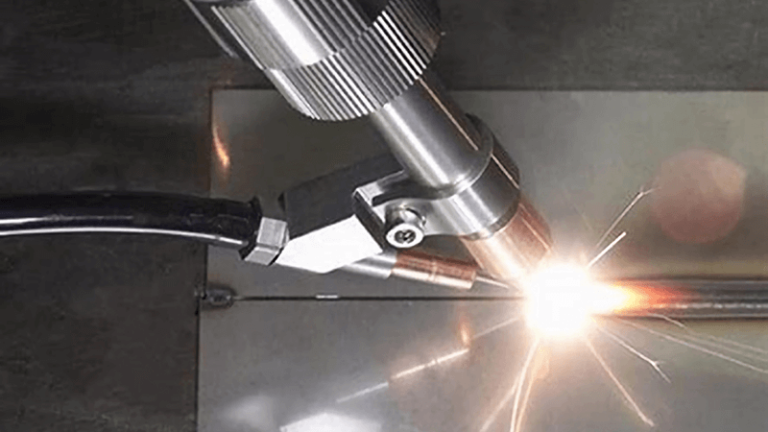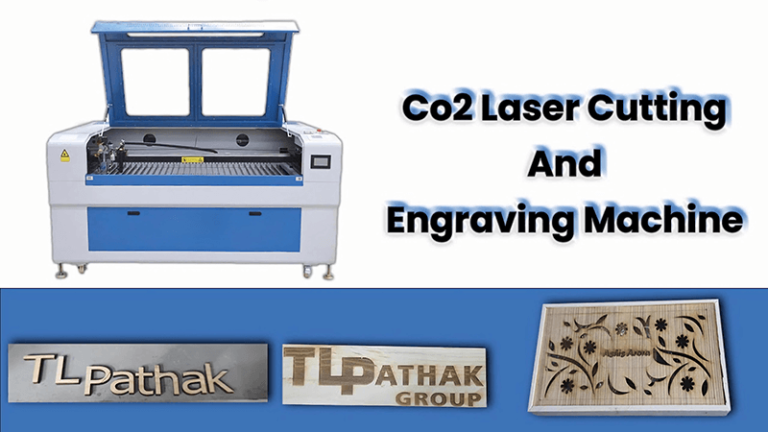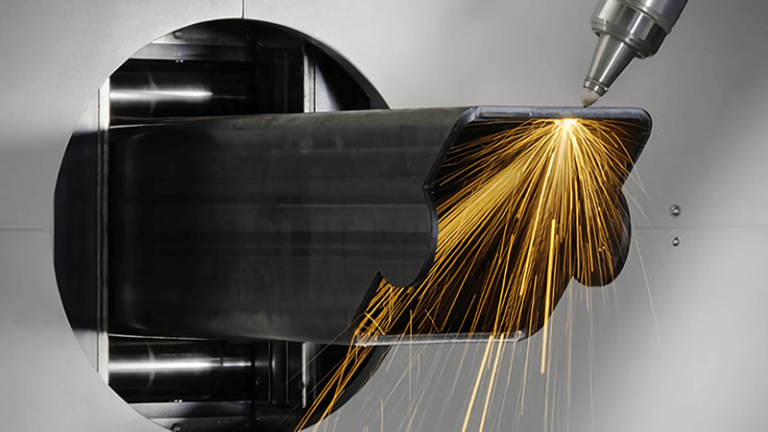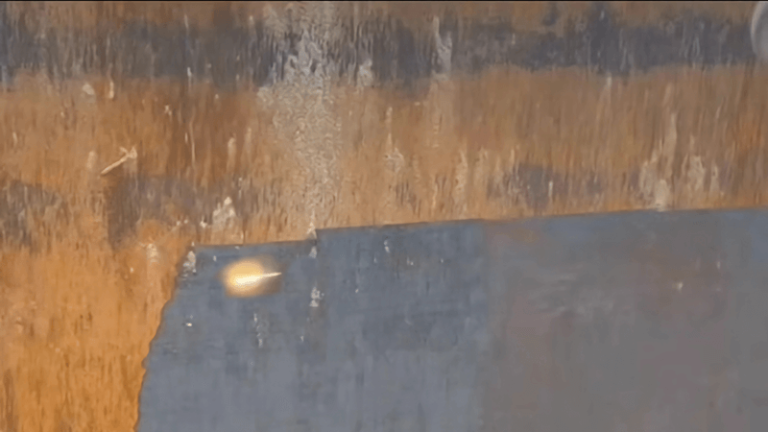Laser welding stands at the forefront of advanced manufacturing techniques, especially in the precision-oriented realm of stainless steel fabrication. This process offers unmatched precision, efficiency, and quality, making it a preferred choice for industries where these attributes are non-negotiable.
Understanding Laser Welding
Laser welding utilizes a highly focused laser beam to melt and fuse materials together. For stainless steel, this method offers several advantages over traditional welding techniques, including minimal heat input, reduced distortion, and the ability to weld at high speeds with exceptional accuracy. These benefits make laser welding particularly suited for applications requiring precision and strength, such as in the medical, aerospace, and food processing industries.
Technical Analysis of Laser Welding in Stainless Steel Applications
The core of laser welding's superiority lies in its precision and adaptability to various thicknesses and compositions of stainless steel. The technique can be finely tuned to adjust the weld's depth, width, and properties, ensuring a perfect fusion of parts with minimal heat-affected zones (HAZ). This precision results in stronger welds, preserving the material's corrosion resistance—a critical factor for stainless steel applications.
Furthermore, laser welding's high energy density allows for the joining of dissimilar materials and the welding of complex shapes and hard-to-reach areas. This versatility opens up new design possibilities, enabling engineers to create more innovative and efficient products.
Welding Technical Parameters
To achieve optimal results in laser welding of stainless steel, selecting the correct technical parameters based on the material's thickness is crucial. The following table provides a guideline for welding stainless steel of various thicknesses at different power levels, speeds, and gas flow rates:
| Stainless steel | |||||||||
| Material and Thickness (mm) | Laser Power (W) | Laser Frequency (HZ) | Duty Cycle (%) | Wobble Frequency (HZ) | Wobble length (mm) | Wire speed (mm/s) | Wire type | Welding Angle | Welding Form |
| Stainless steel 1.0 | 500 | 3000 | 100 | 60 | 2 | 12 | ER304.0.8 | Flat | Penetration |
| Stainless steel 1.0 | 450 | 3000 | 100 | 60 | 2 | 12 | ER304.0.8 | Inner corner | White |
| Stainless steel 1.0 | 500 | 3000 | 100 | 60 | 2 | 12 | ER304.0.8 | Outside corner | 75% penetration |
| Stainless steel 1.5 | 550 | 3000 | 100 | 60 | 2 | 12 | ER304.0.8 | Flat | Penetration |
| Stainless steel 1.5 | 500 | 3000 | 100 | 60 | 2 | 12 | ER304.0.8 | Inner corner | White |
| Stainless steel 1.5 | 550 | 3000 | 100 | 60 | 2 | 12 | ER304.0.8 | Outside corner | 80% penetration |
| Stainless steel 2.0 | 1000 | 5000 | 100 | 60 | 2.5 | 12 | ER304.1.0 | Flat | Penetration |
| Stainless steel 2.0 | 800 | 5000 | 100 | 60 | 2.5 | 12 | ER304.1.0 | Inner corner | White |
| Stainless steel 2.0 | 1000 | 5000 | 100 | 60 | 2.5 | 12 | ER304.1.0 | Outside corner | 70% penetration |
| Stainless steel 2.5 | 1200 | 5000 | 100 | 50 | 2.5 | 12 | ER304.1.0 | Flat | Penetration |
| Stainless steel 2.5 | 1000 | 5000 | 100 | 50 | 2.5 | 12 | ER304.1.0 | Inner corner | White |
| Stainless steel 2.5 | 1200 | 5000 | 100 | 50 | 2.5 | 12 | ER304.1.0 | Outside corner | 80% penetration |
| Stainless steel 3.0 | 1600 | 5000 | 100 | 40 | 3 | 12 | ER304.1.2 | Flat | Penetration |
| Stainless steel 3.0 | 1350 | 5000 | 100 | 40 | 3 | 12 | ER304.1.2 | Inner corner | White |
| Stainless steel 3.0 | 1400 | 5000 | 100 | 40 | 3 | 12 | ER304.1.2 | Outside corner | 85% penetration |
| Stainless steel 3.5 | 1800 | 5000 | 100 | 30 | 3 | 12 | ER304.1.2 | Flat | Penetration |
| Stainless steel 3.5 | 1500 | 5000 | 100 | 30 | 3 | 12 | ER304.1.2 | Inner corner | White |
| Stainless steel 3.5 | 1600 | 5000 | 100 | 30 | 3 | 12 | ER304.1.2 | Outside corner | 85% penetration |
| Stainless steel 4.0 | 2700 | 5000 | 100 | 20 | 3.5 | 12 | ER304.1.6 | Flat | Penetration |
| Stainless steel 4.0 | 2000 | 5000 | 100 | 20 | 3.5 | 12 | ER304.1.6 | Inner corner | Color |
| Stainless steel 4.0 | 2500 | 5000 | 100 | 20 | 3.5 | 12 | ER304.1.6 | Outside corner | 90% penetration |
| Stainless steel 5.0 | 3000 | 5000 | 100 | 15 | 4.0 | 12 | ER304.2.0 | Flat | Penetration |
| Stainless steel 5.0 | 2200 | 5000 | 100 | 15 | 4.0 | 12 | ER304.2.0 | Inner corner | Color |
| Stainless steel 5.0 | 2500 | 5000 | 100 | 15 | 4.0 | 12 | ER304.2.0 | Outside corner | 85% penetration |
These parameters serve as a starting point for laser welding stainless steel. Adjustments may be necessary based on specific project requirements, including joint configuration, material grade, and desired weld characteristics.
Conclusion
Laser welding represents a significant leap forward in stainless steel fabrication, offering unparalleled precision, speed, and quality. By understanding and utilizing the correct technical parameters, manufacturers can leverage laser welding to achieve superior results, pushing the boundaries of what's possible in metal fabrication. This technology not only enhances the capabilities of industries reliant on stainless steel but also paves the way for innovation and efficiency in product development and manufacturing processes.





